Mental Health Issues At Work
In today's fast-paced and demanding work environment, prioritising mental health is no longer a choice; it's a necessity.
A mentally healthy workplace is not only beneficial for employees but also essential for organisational success. At Reset Wellness, we understand the importance of fostering a workplace culture that supports mental well-being and empowers individuals to thrive. We’ve created this comprehensive resource for providing a mentally healthy workplace in Australia.
Mental Health and the Workplace
The connection between mental health and the workplace is undeniable. When employees feel supported and valued, their mental well-being flourishes, leading to increased productivity, engagement, and job satisfaction. On the other hand, a workplace that neglects mental health can result in:
- Increased absenteeism and presenteeism
- Reduced productivity and performance
- Higher turnover rates
- Strained workplace relationships
- Increased risk of workplace accidents
By investing in mental health initiatives, organisations can create a positive and supportive environment where employees feel safe, valued, and empowered to perform at their best.
* Statistics are taken from this Safework Australia Report
Mental Health and Work
Work can be a significant source of stress and anxiety for many individuals. Factors such as heavy workloads, tight deadlines, job insecurity, and workplace conflicts can all contribute to mental health challenges. It's crucial for employers to recognise the impact of work on mental health and take proactive steps to create a supportive environment. This includes:
- Promoting work-life balance
- Offering flexible work arrangements
- Providing access to mental health resources
- Fostering a culture of open communication
Training managers to recognise and respond to mental health concerns
Mental Health in the Workplace
Creating a mentally healthy workplace requires a multifaceted approach. It's about more than just offering a few wellness programs; it's about fostering a culture where mental health is prioritised and supported at all levels. This involves:
- Leadership commitment:
Leaders must champion mental health initiatives and create a culture where employees feel comfortable seeking support.
- Open communication:
Encourage open and honest conversations about mental health, breaking down stigma and promoting help-seeking behaviour.
- Education and awareness:
Provide regular training and awareness programs to educate employees about mental health and available resources.
- Early intervention:
Implement strategies to identify and address mental health concerns early on, preventing them from escalating into more serious issues.
- Supportive policies and practices: Develop workplace policies that support mental well-being, such as flexible work arrangements, mental health days, and access to confidential counselling services.
Workplace Mental Health
Workplace mental health is a shared responsibility. While employers have a duty of care to provide a safe and supportive environment, employees also play a crucial role in maintaining their own well-being and supporting their colleagues. Here are some key elements of a comprehensive workplace mental health strategy:
- Risk assessment:
Identify potential workplace stressors and implement strategies to mitigate their impact.
- Mental health training:
Provide training to managers and employees on how to recognise and respond to mental health concerns.
- Peer support programs:
Encourage peer-to-peer support networks to foster a sense of community and belonging.
- Stress management initiatives:
Offer programs and resources to help employees manage stress, such as mindfulness workshops, yoga classes, or access to Employee Assistance Programs (EAPs).
- Return-to-work support: Provide support to employees returning to work after a mental health leave to ensure a smooth and successful transition.
How to Create a Mentally Healthy Workplace
Creating a mentally healthy workplace is an ongoing process that requires commitment, collaboration, and continuous improvement. Here are some key steps to get started:
- Secure leadership buy-in: Gain support from senior management to champion mental health initiatives.
- Conduct a needs assessment: Survey employees to understand their specific needs and concerns related to mental health.
- Develop a comprehensive strategy: Create a plan that addresses various aspects of mental well-being, including prevention, early intervention, and support.
- Implement policies and practices: Put policies in place that support mental health, such as flexible work arrangements, mental health days, and access to confidential counselling services.
- Provide training and education: Offer regular training and awareness programs to educate employees about mental health and available resources.
- Foster open communication: Encourage open and honest conversations about mental health, breaking down stigma and promoting help-seeking behaviour.
- Evaluate and improve: Regularly evaluate the effectiveness of your mental health initiatives and make adjustments as needed.
How to Have Open and Supportive Conversations
Open and supportive conversations are crucial for creating a mentally healthy workplace. Here are some tips for fostering open communication:
- Create a safe space: Ensure that employees feel comfortable discussing mental health concerns without fear of judgement or repercussions.
- Active listening: Listen attentively and empathetically to what employees have to say.
- Ask open-ended questions: Encourage employees to share their thoughts and feelings.
- Avoid making assumptions: Don't assume you know what someone is going through.
- Offer support and resources: Provide information about available mental health resources and support services.
Responding to Colleagues Who Disclose Mental Health Challenges
When a colleague discloses a mental health challenge, it's important to respond with empathy and understanding. Here are some dos and don'ts:
Do:
- Listen without judgement.
- Offer your support.
- Respect their privacy.
- Encourage them to seek professional help.
- Check in with them regularly.
Don't:
- Minimise their experience.
- Offer unsolicited advice.
- Gossip about their situation.
- Pressure them to disclose more than they're comfortable with.
Taking Care of Yourself and Supporting Others in the Workplace
Maintaining your own mental well-being is essential for supporting others in the workplace. Here are some self-care tips:
- Prioritise your own mental health: Practice stress management techniques, such as mindfulness, exercise, and healthy eating.
- Set boundaries: Establish clear boundaries between work and personal life.
- Take breaks: Step away from your desk regularly to recharge and refocus.
- Connect with colleagues: Build positive relationships with your colleagues and create a supportive network.
- Seek support when needed: Don't hesitate to reach out for help if you're struggling.
Conclusion
Creating a mentally healthy workplace is an investment in your employees and your organisation's success. By prioritising mental well-being, you can foster a positive and productive work environment where everyone can thrive.
Connect with us today about Mental Health in your workplace



